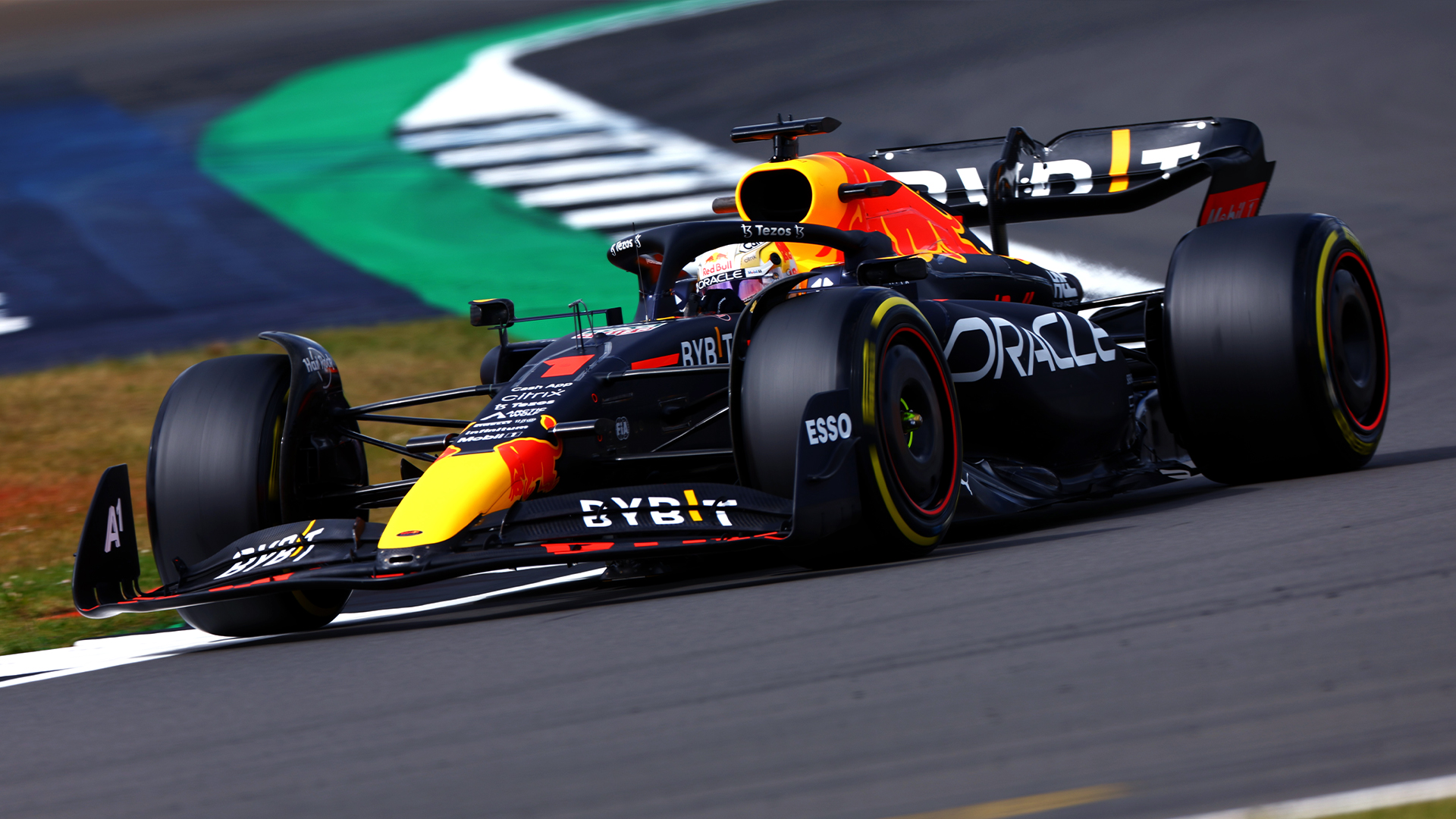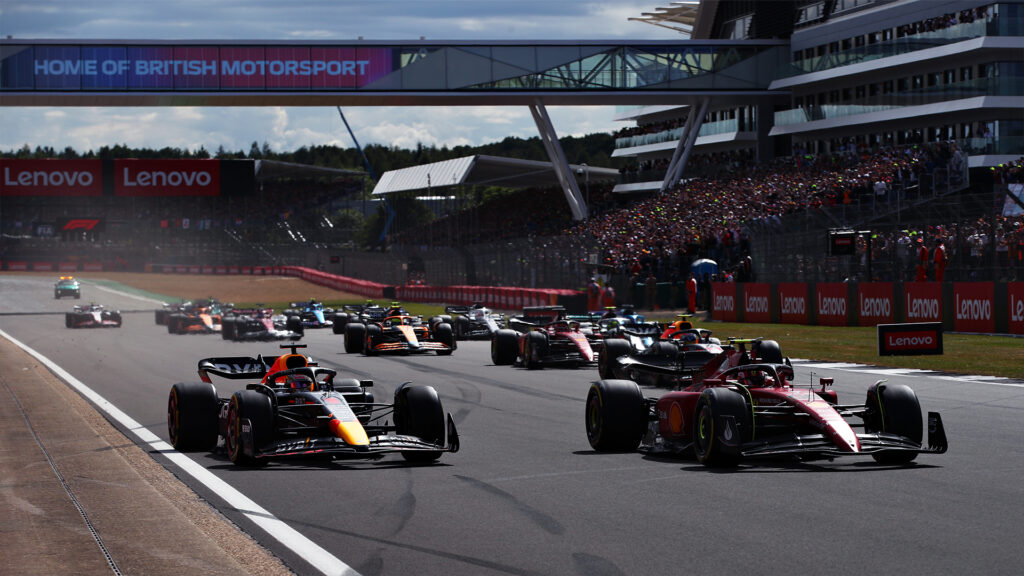Max Verstappen lost the lead of the British GP after experiencing a flat tire, but Red Bull explained that a piece of one of the AlphaTauri got stuck in the RB18 and ended the leader's race

Max Verstappen felt he had a flat tire exactly one lap after taking the lead in the British GP last Sunday (3), and went to the pits to change the tires - which cost him first place in the race. However, a study done by Red Bull after the race detected that the problem was never in Pirelli's rubber, but rather a part of AlphaTauri's car stuck in the RB18's body after it came loose in the confusion between Pierre Gasly and Yuki Tsunoda - who crashed.
"There was no flat tire," explained boss Christian Horner. "It was so bad that it looked like a puncture. Basically, on lap 11 he hit debris from an AlphaTauri after the incident they had. So he completed the race with a modified floorboard, with a piece of the side plate from the AlphaTauri stuck in the bottom of the car," he lamented.
The incident between the teammates happened at the moment when Tsunoda forced a complicated overtake on Gasly, who closed the door. Thus, the two crashed and damaged not only the AlphaTauri sister's race, but also that of the main team.
"So, of course, you try to look and identify what is causing the problem," he said. "Of course, because it was underneath, there was nothing obvious - it wasn't like half the floorboard was hanging down. So it was hard to understand what was there initially and that's why Max [Verstappen] reported a flat tire. But there was something bigger than that going on," he pointed out.
▶️ Meet the GRAND PRIZE channel on Twitch by clicking here!

In the end, Carlos Sainz emerged after the last restart to take the lead for good and finally secure his first Formula 1 victory. Horner, however, believes Verstappen had more than enough pace to climb to the top spot on the podium if it weren't for Verstappen's perceived car problem - verified by the Spaniard himself during the race.
"You could see that he was certainly faster than Carlos [Sainz]," Horner said. "He didn't want to wear out his tire too much too soon and worked his way up to being close to him before passing. Then, unfortunately, a lap later he hits the wreck. He reported a flat tire that we couldn't see in the data, but you obviously have to trust the driver," he pointed out.
"So we stopped as a precaution and then we saw that there was debris," he lamented. "In fact, Carlos Sainz, I think, had said when I was behind him that pieces were coming off the underside of Max's car," he commented.
Horner explained the strategy devised by Red Bull, which put hard tires on Verstappen's car with the aim of going to the end of the race. However, two things happened: the defending champion lost even more pace with a car that was already damaged and still using the slowest compound, and a safety car in the final stretch of the race - caused by the retirement of Esteban Ocon - changed the plans.

So Red Bull, "with nothing to lose" in Horner's words, called Max back to the pit-lane to put soft tires on the Dutchman's car, who fought hard with Mick Schumacher on the final straight and managed to excel, holding on to seventh place with great difficulty.
"With the medium tires, he was obviously fighting as hard as he could, but suddenly your race becomes focused on the cars you are racing against, which were Alpine and Aston Martin at that moment," he quoted. "So we stopped to put on hard tires and take the car to the end, because we felt that was the best way to finish seventh," he revealed.
"He suffered particularly more with a damaged car and the harder compounds," Horner acknowledged. "So when the safety-car came, we had nothing to lose. We either finished outside the points, or we put on the soft tires to see what we could do. And he still managed to pass some cars and fought hard to keep his seventh place, which yields six valuable points," he closed.